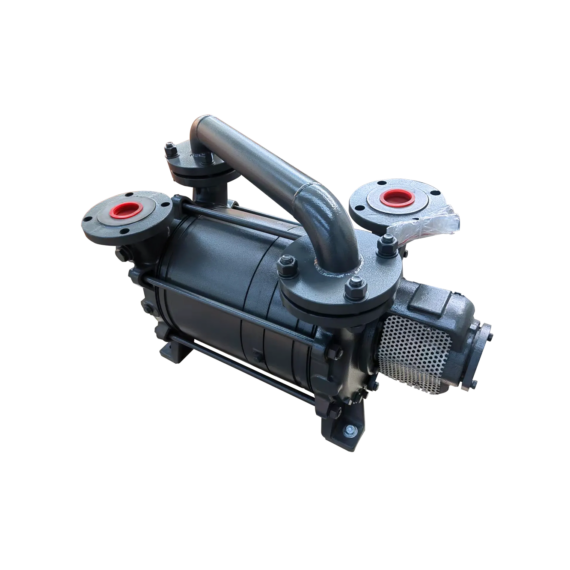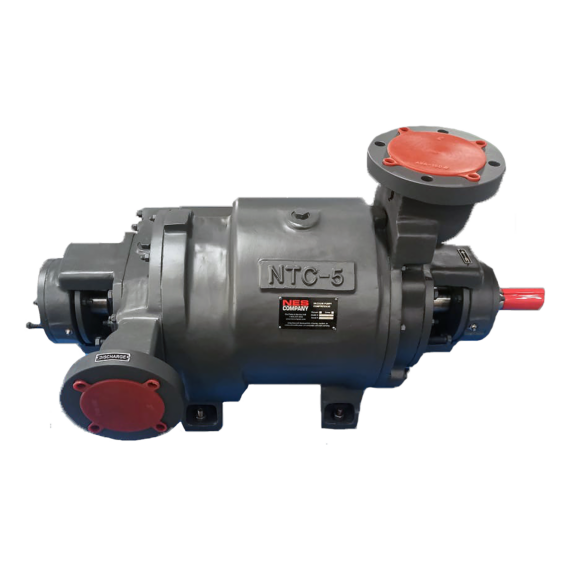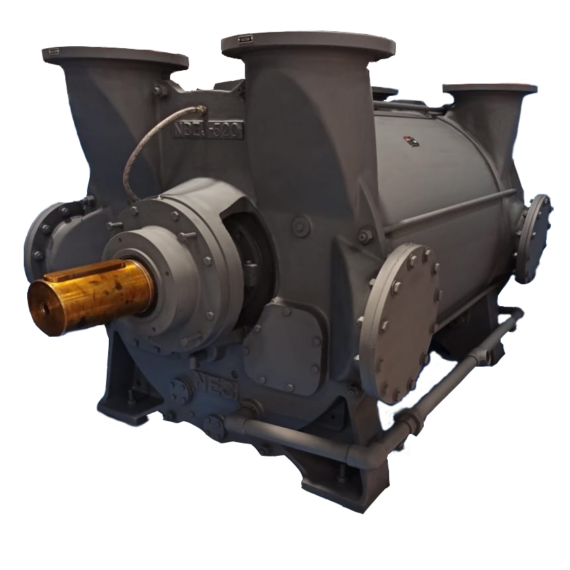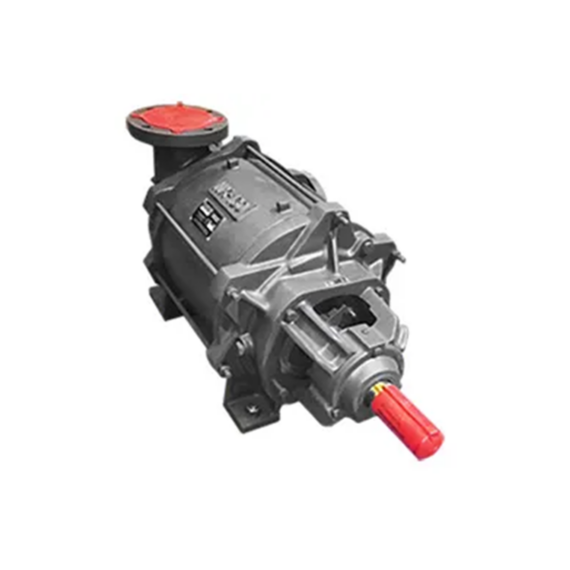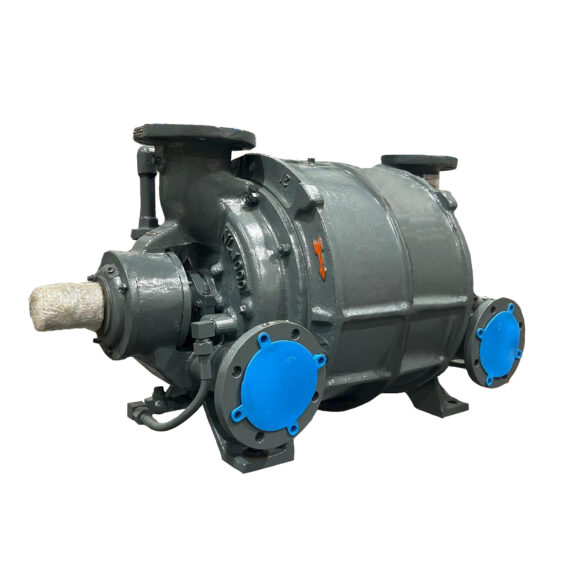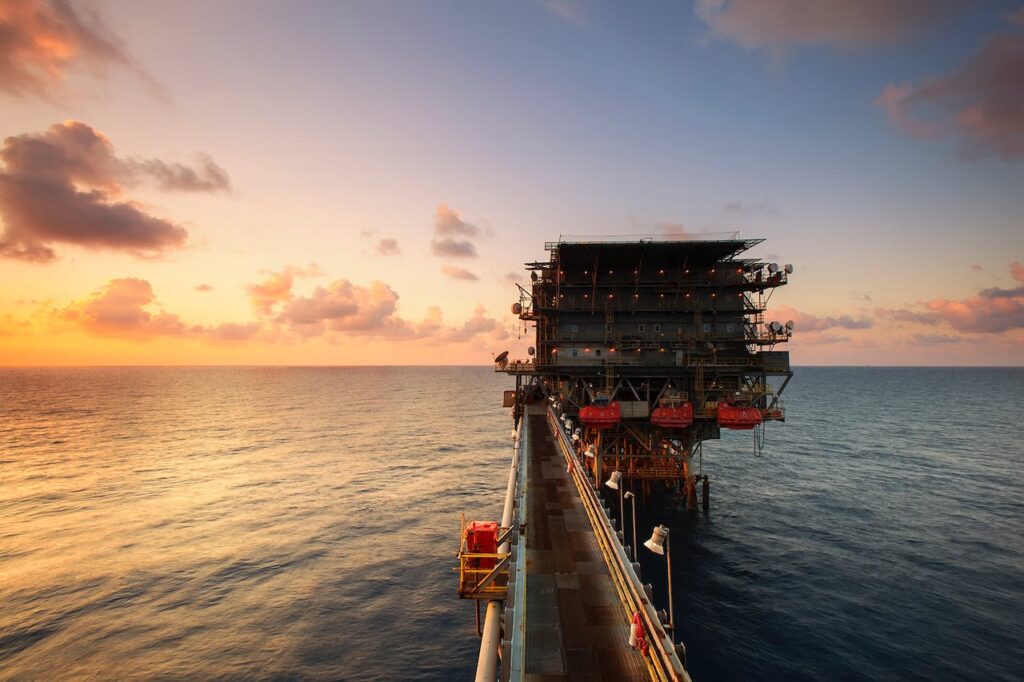
Uses Of Liquid Ring Pumps In Oil & Gas Industry
Enhanced Oil Recovery (EOR): Liquid ring pumps play a vital role in Enhanced Oil Recovery (EOR), a technique aimed at increasing crude oil extraction from reservoirs. By injecting compressed carbon dioxide gas and water into one side of the oil reservoir, the viscosity of the oil is reduced, enhancing the flow rate. The dissolved carbon dioxide causes the oil to expand, freeing it from rock. A liquid ring pump is employed to relieve pressure as the oil expands, ensuring efficient extraction.
Crude Oil Distillation: Post-extraction, crude oil undergoes distillation to separate its components. Liquid ring pumps create vacuum conditions in the distillation column, discouraging azeotropic mixtures and aiding in the separation of components with different boiling points. Light naphtha and ethane find applications in plastic, synthetic rubbers, composites, and petrochemical hydrocarbon-based polymer materials, while bitumen is utilized in asphalt and waterproof construction. Diesel and methane, used as fuel sources, are also separated through distillation.
Fuel Sourcing and Methane Extraction: Methane, a valuable fuel source, can be sourced from various places, including mines, distilled crude oil, farms, and anaerobic waste digesters. Liquid ring pumps efficiently suction methane from these sources, contributing to safer working conditions in locations like underground mines. Extracting methane from livestock emissions not only prevents resource loss but also addresses environmental concerns, as methane is a potent greenhouse gas. Technology is actively being developed to pump methane from livestock to refineries, providing an efficient and eco-friendly solution.
In the Oil & Gas industry, liquid ring pumps prove instrumental in multiple processes, from enhancing oil recovery to facilitating the extraction and separation of valuable components.
View our Products
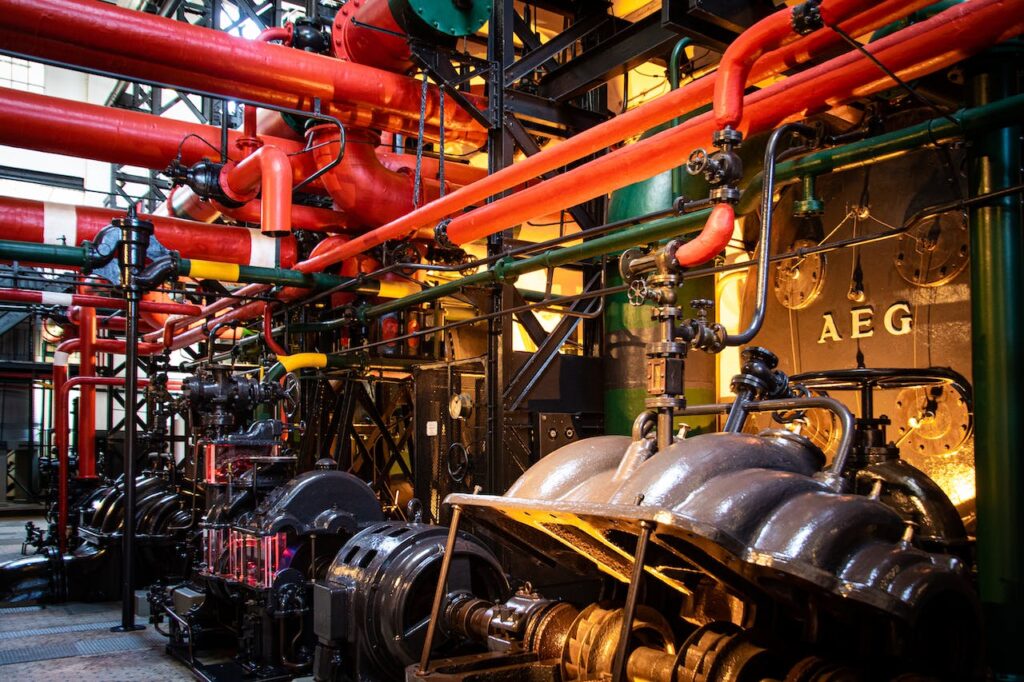
Atmospheric oxygen is pumped out of anaerobic digesters to encourage microorganisms such as fermenter bacteria and methanogens to digest waste slurry anaerobically and produce methane and other gasses like sulfur and carbon dioxide. The sulfur is removed because it forms sulfuric acid and sulfur dioxide, which are corrosive and health-risking. The resulting mixture is biogas, distilled to produce pure methane or natural gas or burned as fuel.
Flare gas is the product of burning waste gasses produced by various refining processes, notably in the gas and petrochemical industry. The hydrocarbon gas is flared so that it cannot harm the environment or surrounding communities.
However, burning these gasses causes massive damage to the environment. It has proved to be a significant health risk for employees of facilities that use gas flaring as a method of waste removal. The flaring of these gasses mainly creates water vapor and carbon dioxide, which is an environmental concern, but it also creates hydrogen sulfide, a lung irritant. Many plants lack the infrastructure to recycle or adequately waste the gasses. Still, with an anti-flaring initiative to effect by 2030, flare gas recovery continues to grow as a popular method of gaseous waste processing. Flare gas is captured from the flare knock-out vessel, which is a vessel designed to slow gas flow through a pressure drop. Liquids and condensates fall to the bottom of the vessel and are typically flared. Instead, the condensed material is compressed and stored. It may cycle through the plant’s fuel gas system or stay stored for further refining as a fuel source.
Applications of Liquid Ring Vacuum Pumps
Enhanced oil recovery requires a compressor for carbon dioxide and water simultaneously, a vacuum pump to relieve pressure in the reservoir, and a pump to lift crude oil from the reservoir, along with any water and carbon dioxide mixed in. The first and last require a wet-running pump that can handle liquid and gas influent in a particularly dirty and potentially explosive environment. The second requires a vacuum that can relieve positive pressure from a giant oil reservoir. These applications require a strong, constant, wet-running suction immune to particulate dirt, grime, and crude oil. For this, the liquid ring vacuum pump is a suitable choice. The pump can be made explosion-proof against the various potentially explosive hydrocarbons and corrosion-resistant against the carbonic acid created by a carbon dioxide-water reaction. The liquid ring provides isothermal compression and pumping, lessening concern for explosion and ensuring gentle handling of flammable material.
Vacuum distillation involves distilling the crude oil and any carbon dioxide and water that may have slipped in with it from the oil recovery. Consequently, this is a wet-running vacuum pumping process involving explosive substances. From octane, ethane, diesel, light naphtha, and methane, all of these distillates are potentially explosive. The moisture from the heated water will certainly ruin many dry-running pumps over a short period of operating time but increases the mass transfer efficiency of the liquid ring pump as it condenses the moisture and allows more distillate to flow into the chamber to be pumped. Building an explosion-proof liquid ring vacuum pump will ensure constant suction, proper separation of distillates in sub-atmospheric pressure, gentle handling of potentially explosive material, and smooth operation in a humid and dirty environment. The pump is robust, self-priming, and consists of few parts, making for a long service lifespan, easy repair, and scarce maintenance.
In methane production through anaerobic digesters, the microorganisms digest and reproduce in water. Water is also one of the products made by the fermenter bacteria through anaerobic digestion. A wet-running pump is required to properly keep the digester void of as much oxygen as possible. The pump extracts the air from the tank and transfers the resulting methane to a separation tank to remove the hydrogen sulfide.
Liquid ring vacuum pumps are commonly used for flare gas recovery. There are many condensable vapors and corrosive gasses. A corrosion-resistant liquid ring vacuum pump will efficiently transfer flare gas. The pump is very sturdy and will aid in high-efficiency flare gas recovery for a long time with minimal maintenance. Natural gas will be less prone to combustion when pumped with the isothermal compression of the liquid ring pump, and the liquid seal is unreactive to any of the flare gas.

